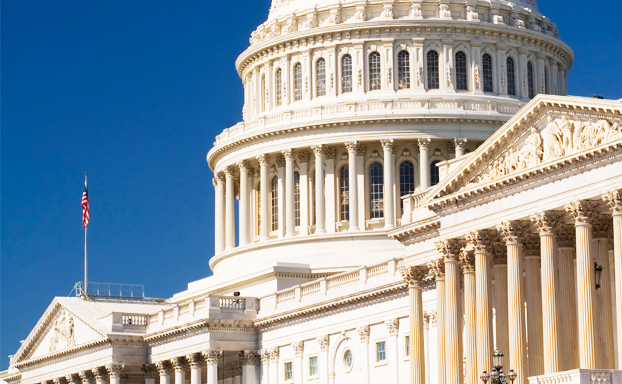Making money in advertising is a much tougher business these days unless you are Google or Facebook. USA Today reports that the New York Times used to make $100 million a month in advertising with a subscriber base of 1.5 million to its print newspaper 20 years ago. Today, it has about the same number of subscribers with print and digital combined but has increased total readers to 50 million (mostly non-subscribing digital). Despite the increased audience, it makes about $50 million in monthly advertiser revenue, with $14 million coming from digital advertising.
Yet there are efforts to make it even tougher. Tax reform efforts in Washington DC are considering new tax revenue sources to compensate for lost revenues from proposed lower rates. One of the biggest new revenue generators would be an ad tax.
While the concept of taxing advertising in some form is not new, the threat is perhaps the most serious it has ever been. Last year, for the first time, the chairs of the committees responsible for tax policy in both houses of Congress agreed on the form and substance of an ad tax. The draft language released allows only 50% of ad expenses to be deducted as a business expense in the year it is incurred with the remainder to be amortized over 10 years.
This language is now the new baseline for proponents of the ad tax this session and is projected to raise $170 billion in new tax revenue, ranking it the 7th highest source being considered and making it an important part of successful tax reform.
For our industry, it’s a double whammy, increasing the cost of our own advertising and reducing revenue as our product becomes more expensive to our clients.
From a policy standpoint, there are many good arguments against treating advertising expenses this way. Advertising creates jobs and stimulates economic activity. Nobel Prize winning economists estimate that every dollar spent on advertising generates $22 of economic output and every $1million of ad spending supports 81 American jobs. And no one truly believes that an advertisement has a 10 year productive lifespan. LSA research found that almost 80% of sales resulting from a mobile ad campaign occurred within just a few days of the ad’s display.
But policy is not the only factor – it’s also about politics. And the political reason for including the ad tax is tax revenue. The risk is that the issue becomes all about politics.
LSA is actively opposing the tax proposal and is working with groups such as the Association of National Advertisers and the Ad Coalition to educate legislators about the harm such a tax would cause to our industry, our businesses and our local economies. We’d certainly encourage you to contact your Representatives in Congress and ask them to oppose this legislation too.
We feel good about the effectiveness our opposition has had against the legislation’s momentum and are cautiously optimistic that the support we’ve gained will be too much for any ad tax to move forward this summer. But even assuming we do block its advance this year, we will likely be fighting this draft language for years to come. LSA will continue to support our members’ interests and we certainly welcome your participation in the fight.




